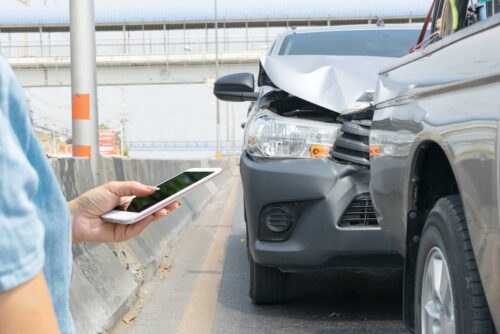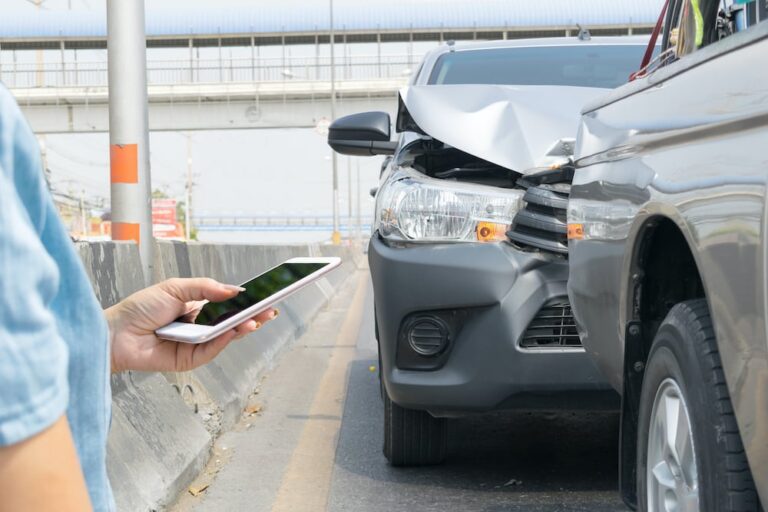
Rear-end collisions are among the most common types of car accidents, accounting for nearly 30% of all collisions. They can cause serious injuries to both drivers and passengers, not to mention damage to the cars themselves. Injuries from car accidents can range from broken bones, traumatic brain injury, and spinal cord injury to more subtle but still disabling conditions involving the neck (cervical/whiplash) and back (thoracic/lumbar) injuries to spinal discs, ligaments, muscles, and more. But who is responsible for paying for these losses? And what are some exceptions to the general rule of liability? Please continue reading and reach out to a seasoned Stamford, Connecticut auto accident lawyer from Casper & de Toledo to learn more about rear-end accidents and how our firm can help if you’ve been hurt in one.


General Rule: The Rear-Ending Drivers Are at-Fault for Collisions
Generally speaking, the driver of a vehicle who strikes the vehicle in front of them will be deemed at fault for the accident and liable for any resulting damages. Sometimes we refer to the following vehicle as the “bullet” vehicle. This is because the following driver has a duty to maintain a safe distance from the vehicle ahead of them and to pay attention to the road and traffic conditions. If they fail to do so, they are considered negligent and responsible for the collision.
The Exceptions: When the Driver in Front May Be Responsible
While it is usually the case that the following driver will be found at fault for a rear-end collision, it is important to understand that there are certain situations in which the leading driver involved in the collision may be found at fault. Some examples of these exceptions are:
- The leading driver suddenly stops the vehicle in an unsafe or unexpected manner, such as on a highway or at a green light.
- The leading driver suddenly reverses the vehicle without warning or justification.
- The leading driver has non-functioning brake lights or tail lights that prevent the following driver from recognizing the intention to stop or slow down.
- The leading driver makes an abrupt or illegal lane change or turns.
In these circumstances, the leading driver may be considered negligent and liable for causing or contributing to a rear-end collision. However, proving fault in these cases may not be easy, as there may be conflicting evidence, including witness statements. Therefore, it is advisable to consult with an experienced personal injury lawyer who can help you gather and present the necessary proof to support your claim.
Both Drivers at Fault: Connecticut’s Modified Comparative Fault Rule
If you rear-end someone, the other person might try to put all the blame on you. However, you may have a valid defense if you can show that they were also partly responsible for the accident. Connecticut follows a principle called modified comparative fault. These rules allow you to recover financial compensation even if your actions contributed to the accident. The right to compensation is set at 50 percent.
This means that if you are 50 percent or less at fault for the rear-end collision, you can still recover damages from the other party. However, your recovery will be reduced by your percentage of fault. For example, if you are 30 percent at fault and your damages are $100,000, you can recover $70,000 from the other party’s insurance company. On the other hand, if you are more than 50 percent at fault, you cannot recover anything from the other party.
Determining fault and liability in a rear-end collision can be complex and challenging. The insurance companies and the other party may try to minimize or deny your claim. Often, once the insurance defense lawyer gets involved, the other side conjures up the “sudden stop” defense. That is why you need a skilled and aggressive auto accident lawyer who can fight for your rights and interests. Casper & de Toledo can help you collect and analyze the evidence, negotiate with the insurance adjusters and insurance attorneys, and take your case to court if necessary. Contact us today so we can get started working on your case.

